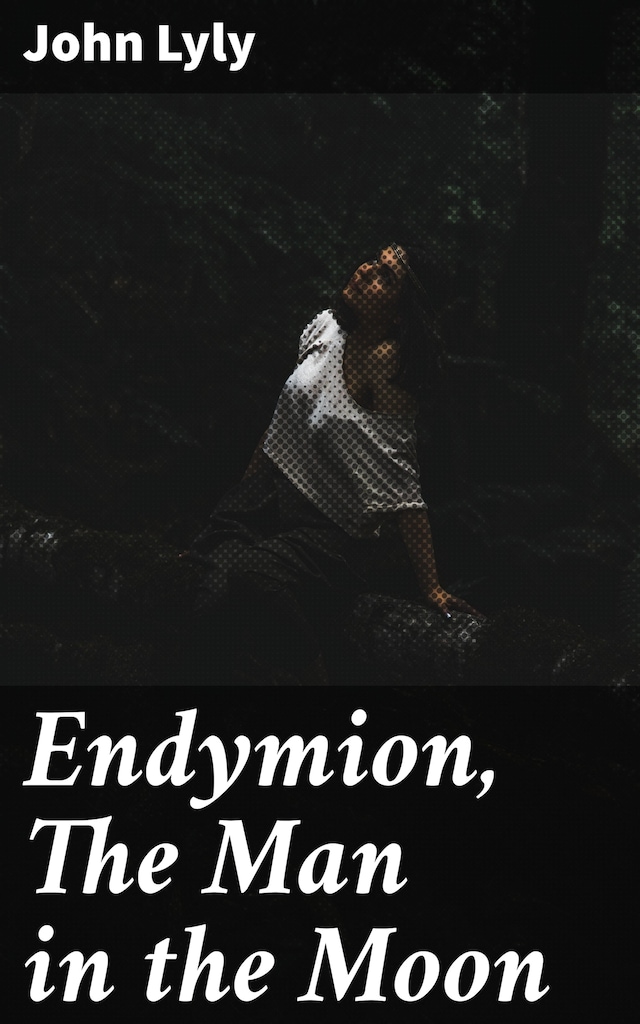
Endymion, The Man in the Moon
A Whimsical Tale of Love and Longing in Renaissance Literature
Description of book
John Lyly's "Endymion, The Man in the Moon" is a dazzling example of Elizabethan prose, seamlessly blending classical mythology with themes of love and desire. Written in 1591, the play captivates audiences with its rich, lyricism and intricate wordplay, showcasing Lyly's penchant for clever dialogues and rhetorical finesse. Set against the backdrop of the moon, the narrative delves into the love story of Endymion and the moon goddess Cynthia, exploring the tensions between aspiration and fulfillment, an enduring quest for unattainable love, and the intersection of dreams and reality, all hallmark themes of the Renaissance. The innovative use of allegory and the play's courtly context vividly symbolize the societal norms of the era while enriching its fantastical elements. John Lyly, a pivotal figure in the development of English drama, was deeply influenced by the intellectual currents of his time, particularly the revival of classical antiquity and the emerging humanist perspectives. His experiences in court and his relationships with prominent literary figures, including Sir Philip Sidney and Queen Elizabeth I, undoubtedly shaped his imaginative constructions. With a background in education and a keen interest in the intricacies of human emotions, Lyly's works reflect both erudition and a playful spirit that permeates this particular narrative. "Endymion, The Man in the Moon" is a must-read for anyone interested in the roots of English literature and the evolution of dramatic forms. Its enchanting blend of humor, romance, and philosophical introspection makes it a timeless piece that resonates with contemporary readers, while illuminating the transformative power of storytelling. Scholars and casual readers alike will find delight in Lyly's unique stylistic approach, enriched by entertaining commentary on society's foibles.
 John Lyly
John Lyly 74 Pages
74 Pages